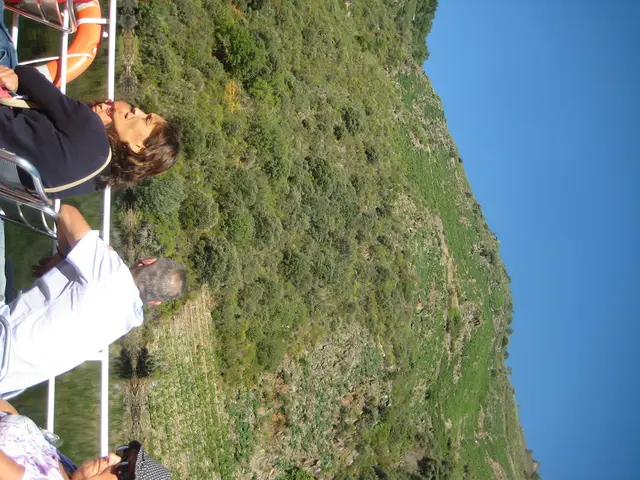Cosmic Connection: The Spiritual Implication of the Community Kitchen Known as Langar
In a world where travelers frequently avoid local cuisines due to personal preferences, the Sikh practice of langar challenges these habits, ultimately promoting unity and selflessness.
Guru Arjan Dev, a key figure in Sikhism, emphasized breaking down barriers that stratify human kind. Langar, or the communal kitchen, was one practical way the Gurus aimed to unite their followers, reflecting the universal understanding that humans are all children of one Father. Sharing meals together, long a metaphor for fellowship, was a significant step towards breaking down walls of division.
The first langar was reportedly established by Guru Nanak in the 15th century, providing food and clothing for hungry holy men on his journey. This act of kindness is considered the first instance of langar in the Sikh tradition. Guru Nanak's community at Kartarpur, where he spent the latter years of his life, also had a regular langar, fostering an egalitarian environment where people ate together in rows, with no distinction between social status or religious affiliation.
Guru Angad Dev continued this practice, with his wife, Mata Khivi, taking an active role in expanding and systematizing the langar. Poets in the Guru Granth Sahib describe Mata Khivi as a virtuous woman whose nurturing provided shade, symbolizing her motherly love for devotees. The food served in the langar is described as rich and abundant, a reflection of the care and attention given to the devotees.
The third Guru, Guru Amar Das, made partaking in langar mandatory for visitors to his spiritual center, famously declaring, "Pehle Pangat, Peechhay Sangat" (First eat in the langar, then sit in the congregation). This further solidified the role of langar in promoting equality and humility.
Other spiritual traditions share the practice of serving food, with the word 'langar' tracing back to the Sufis and their khanqahs. In Christianity, love feasts were shared among believers, and agape feasts were a common practice. The Jewish community has Tzedakah, while soup kitchens are prevalent in modern Christianity.
However, the Gurus transformed the act of feeding the poor into a powerful demonstration of equality and selfless service, cultivating humility, compassion, and community bonding. Today, langar kitchens continue to serve as central gathering places in gurdwaras worldwide, offering free meals daily and expanding their services to disaster relief and humanitarian efforts.
For the physically hungry, the food at the langar fills their tummies, fulfilling their basic needs. For the volunteers who serve, performing sewa (selfless service) satiates their souls, ultimately the goal. This spiritual significance of langar continues to inspire countless people globally.
- Langar, originated by Guru Nanak in the 15th century, aims to unite people through the sharing of food, transcending boundaries of social status and religious affiliation.
- In line with the Gurus' vision, langar has been adopted by various spiritual traditions, such as the love feasts in Christianity and the Tzedakah in Judaism, as a means of bolstering fellowship and community.
- Beyond providing sustenance, langar offered in gurdwara's today stands as a testament to the Gurus' emphasis on selfless service, cultivating humility, compassion, and community bonding in individuals.
- The practice of langar, with its focus on communal dining and charity, continues to serve as a powerful tool for promoting unity and selflessness, resonating globally in numerous cultural and travel experiences.








